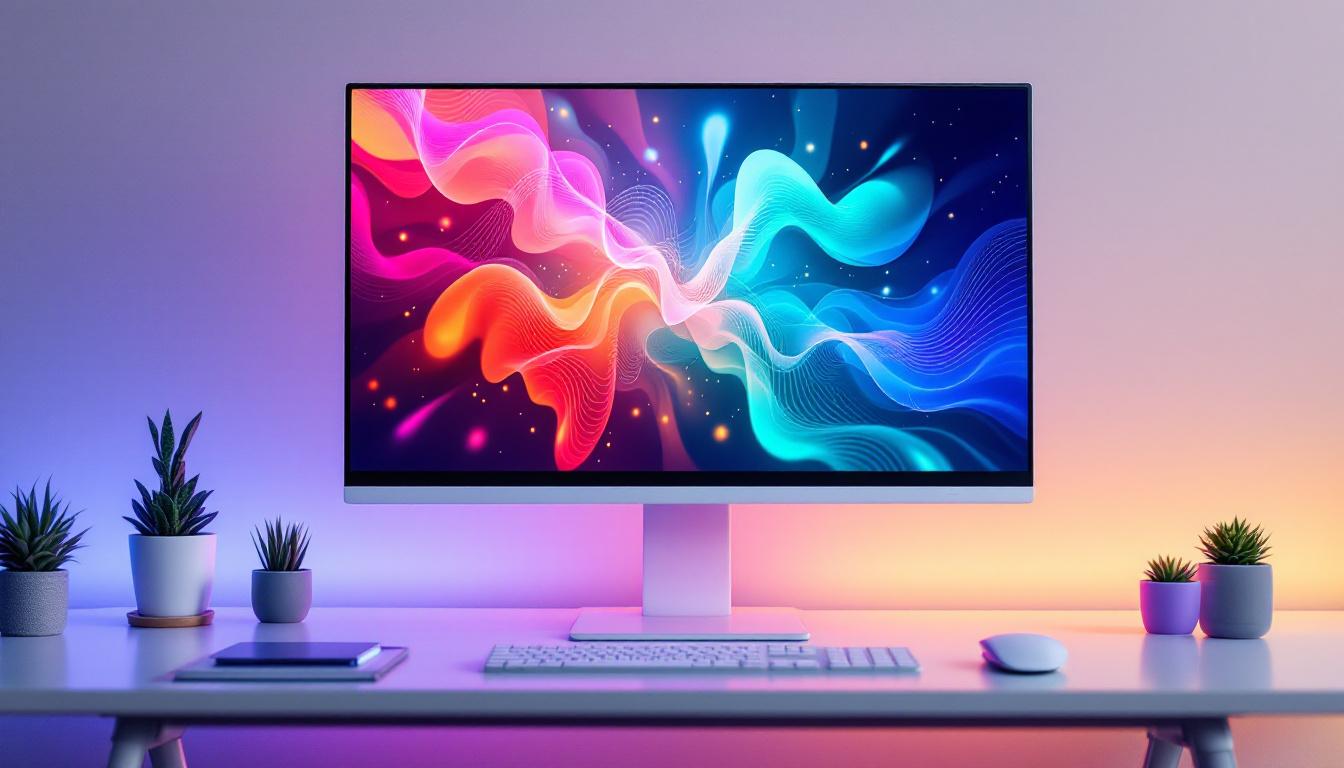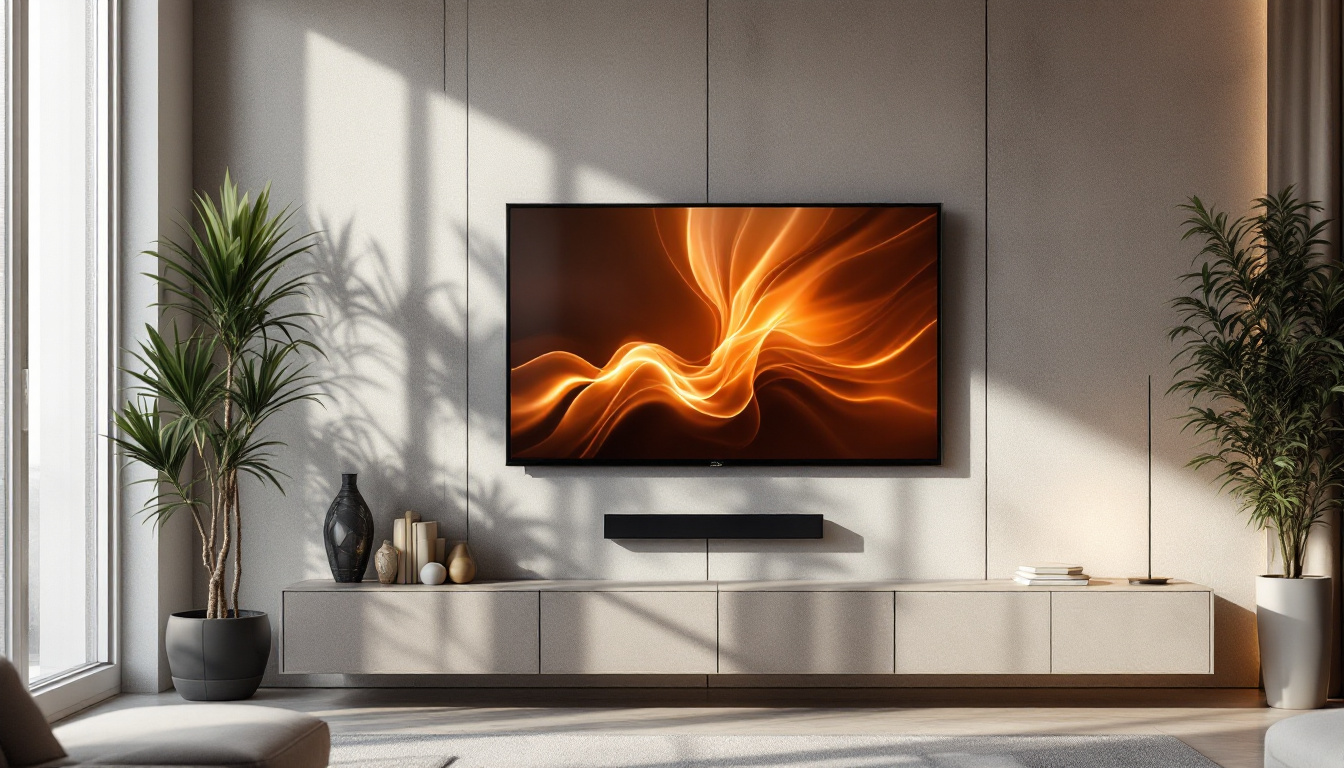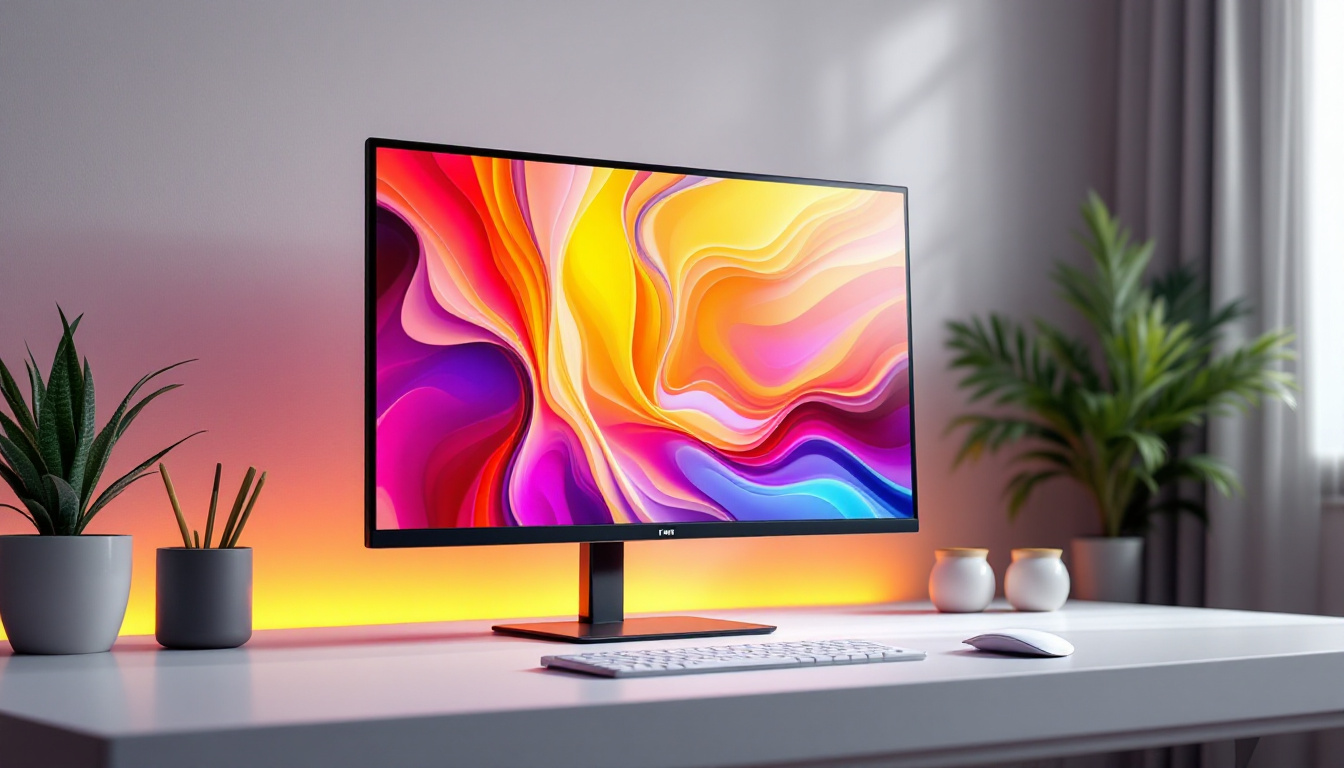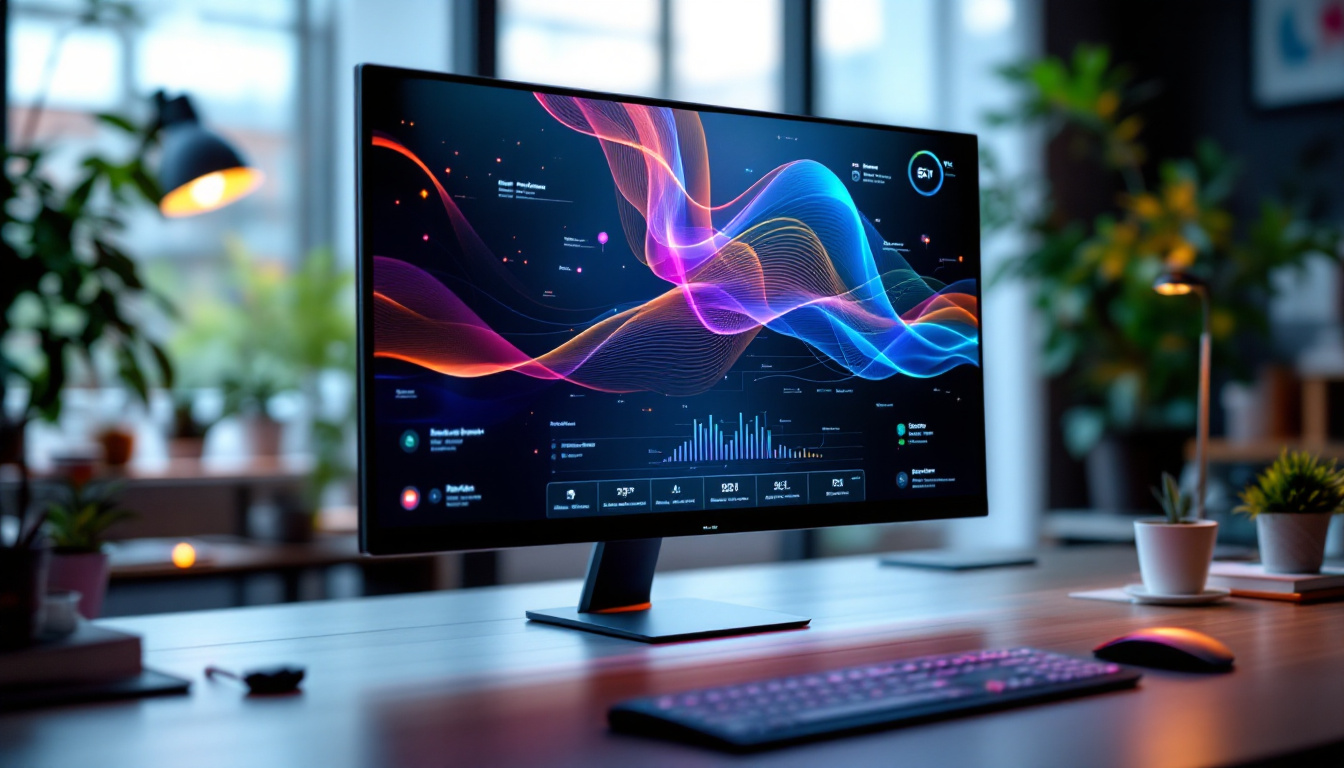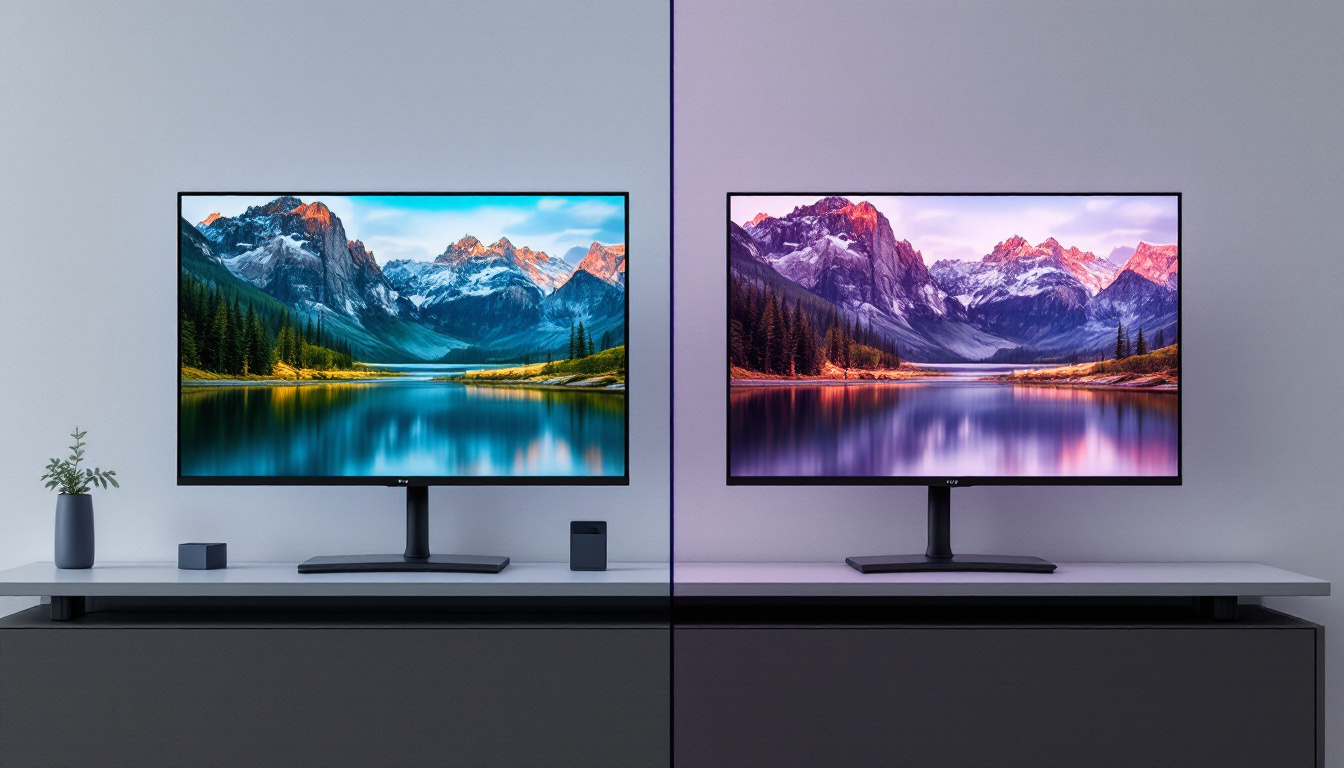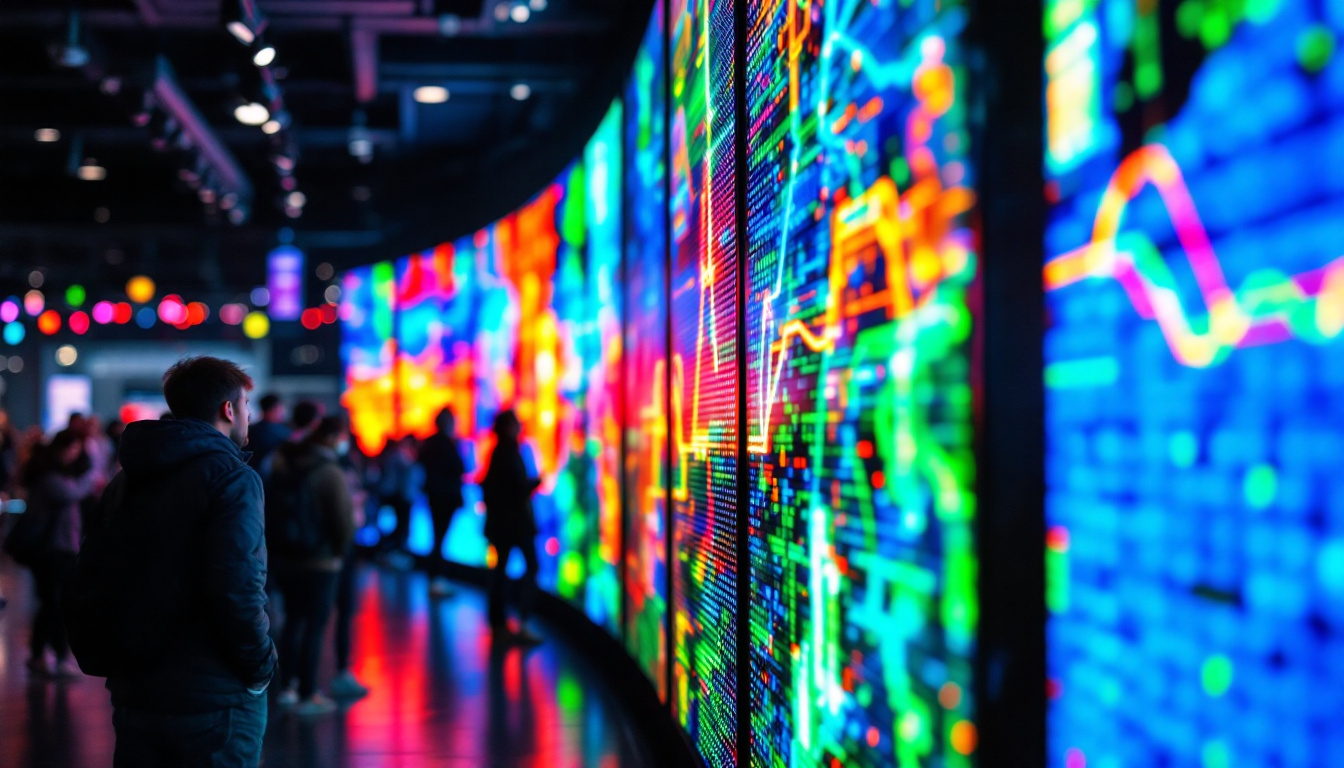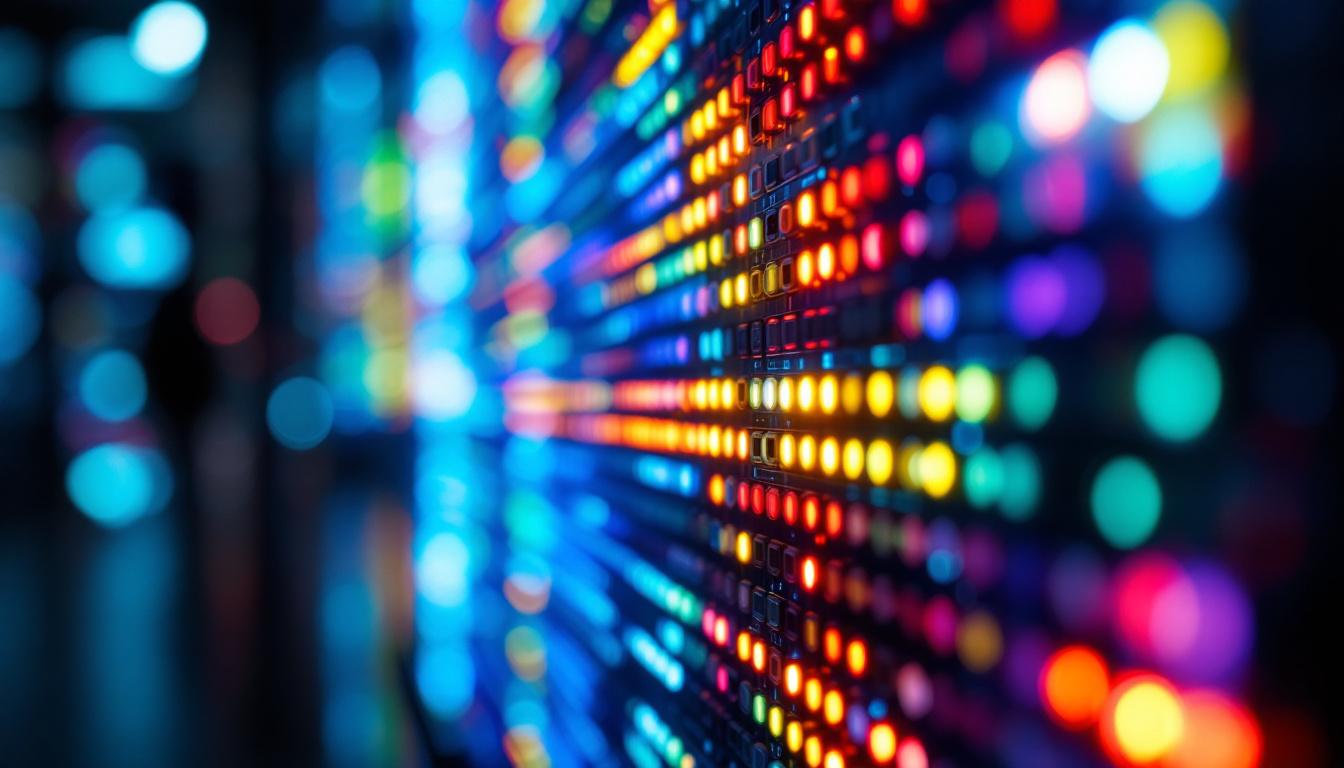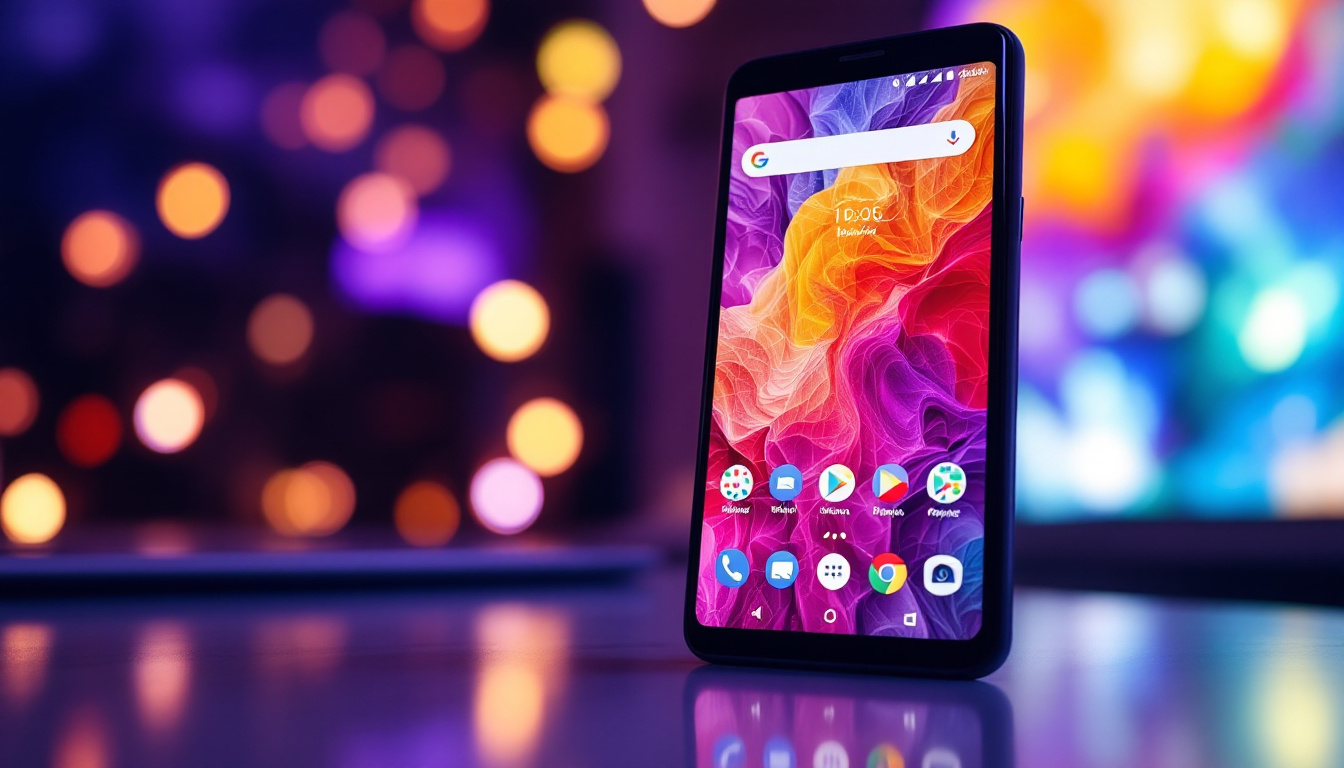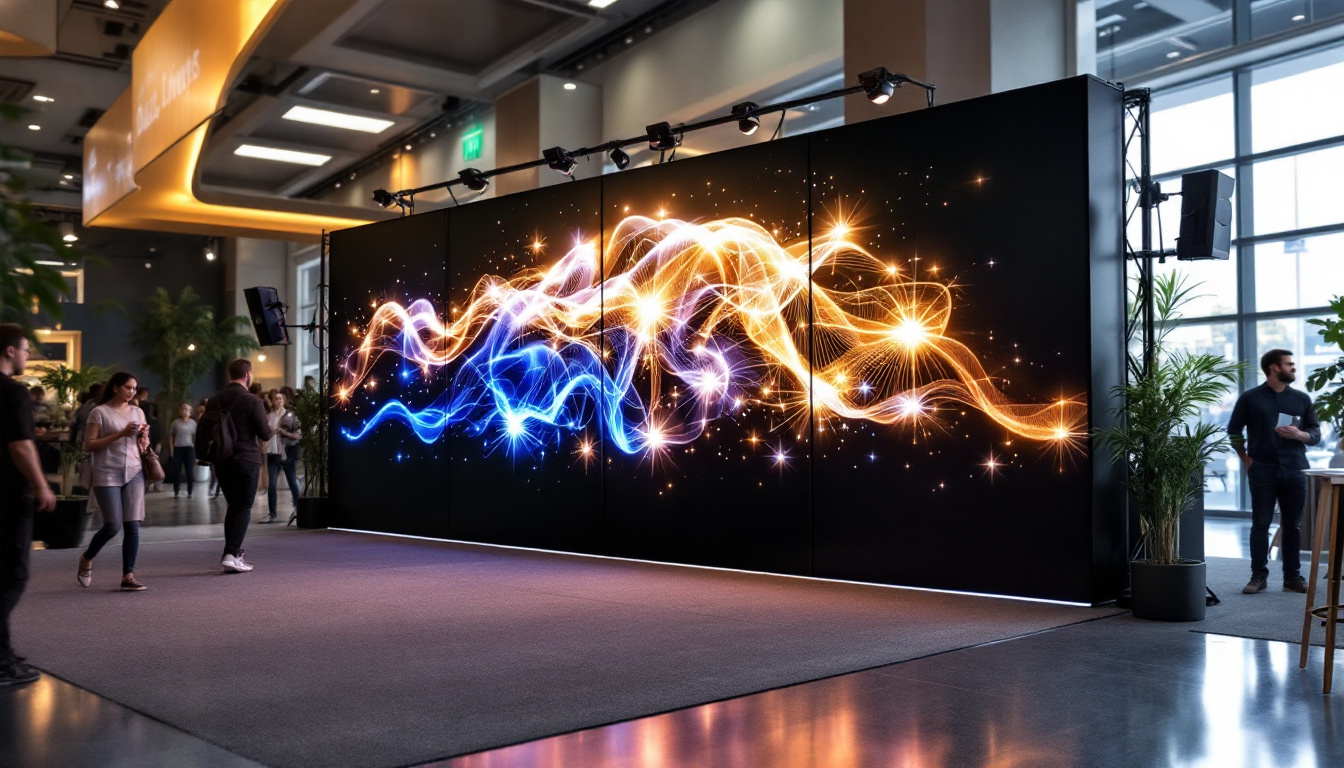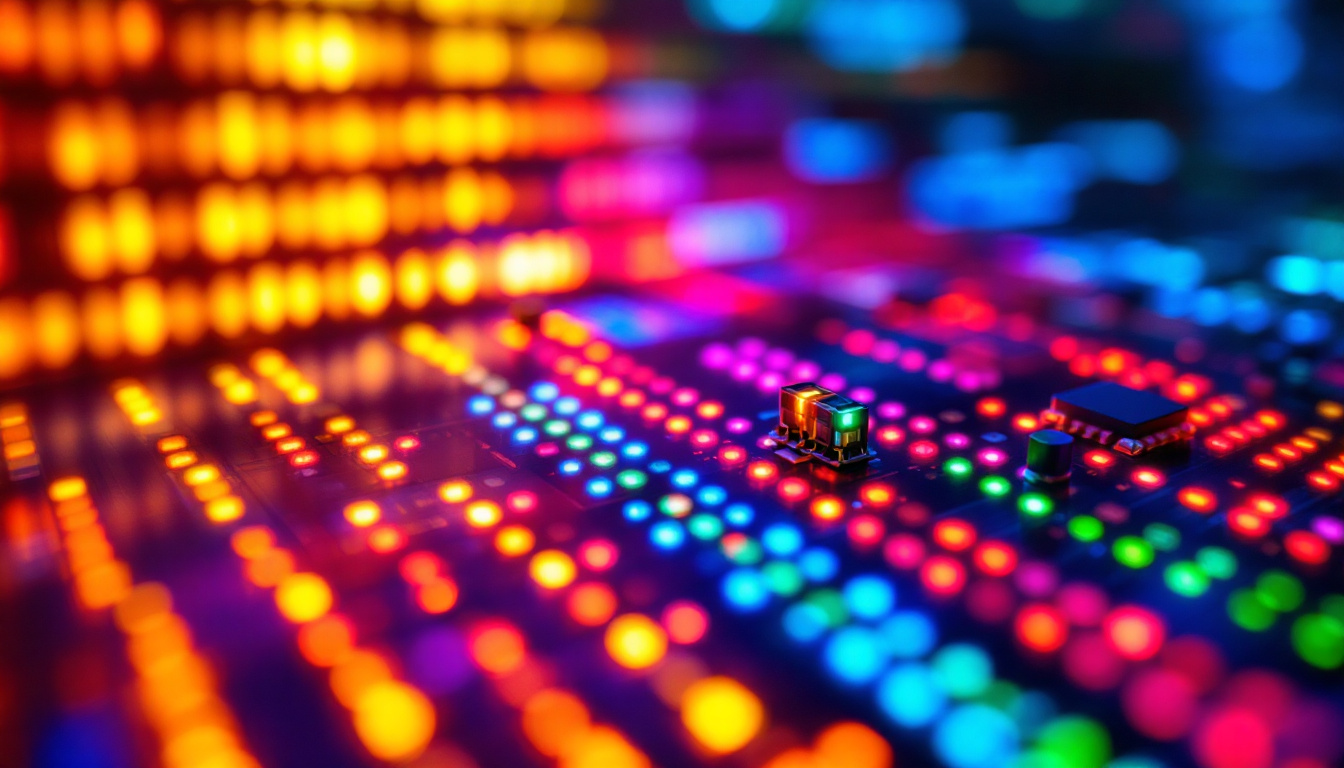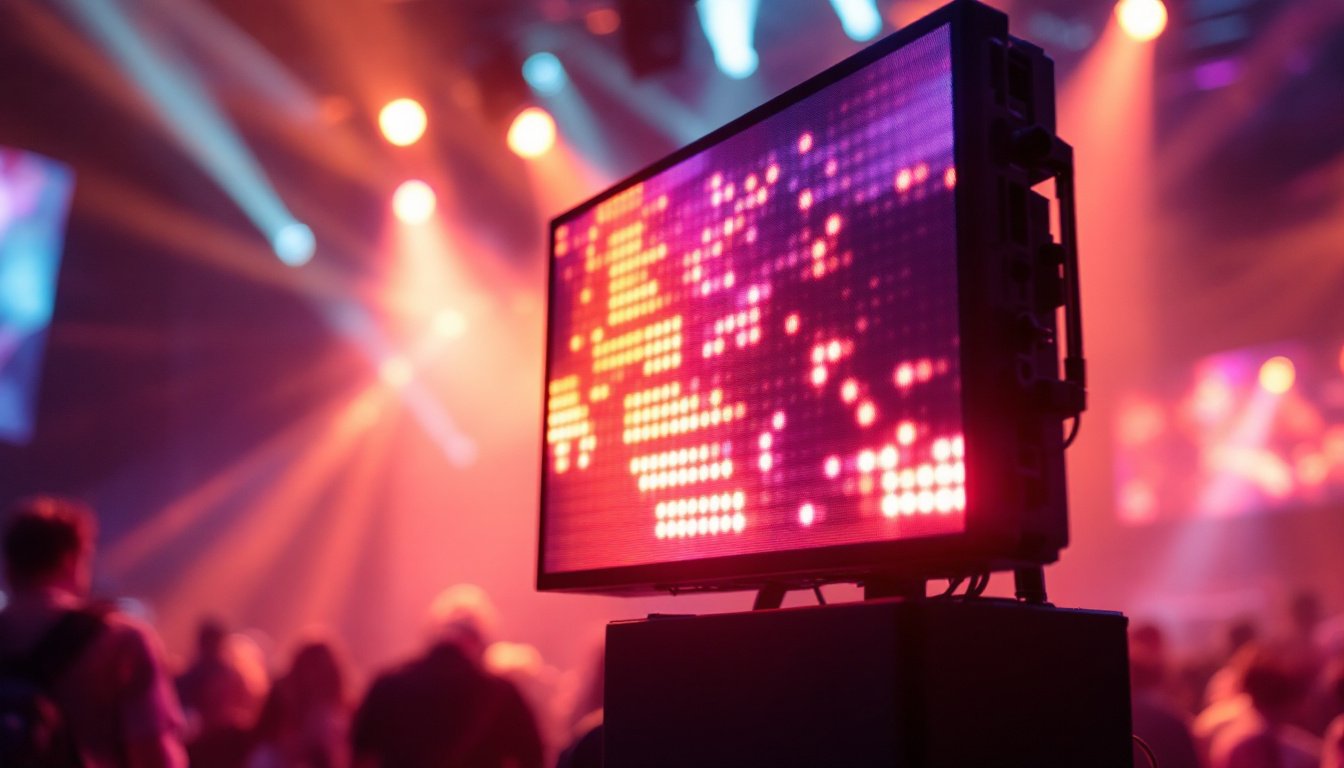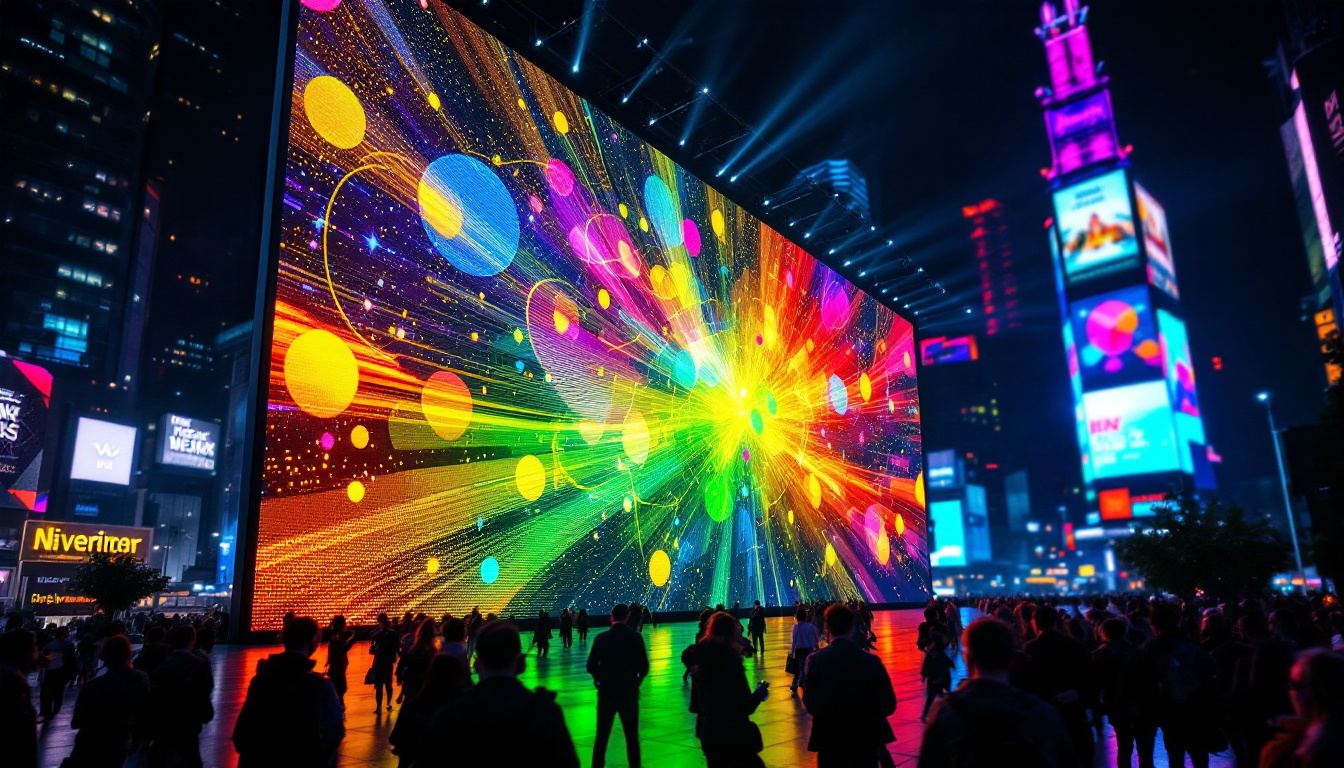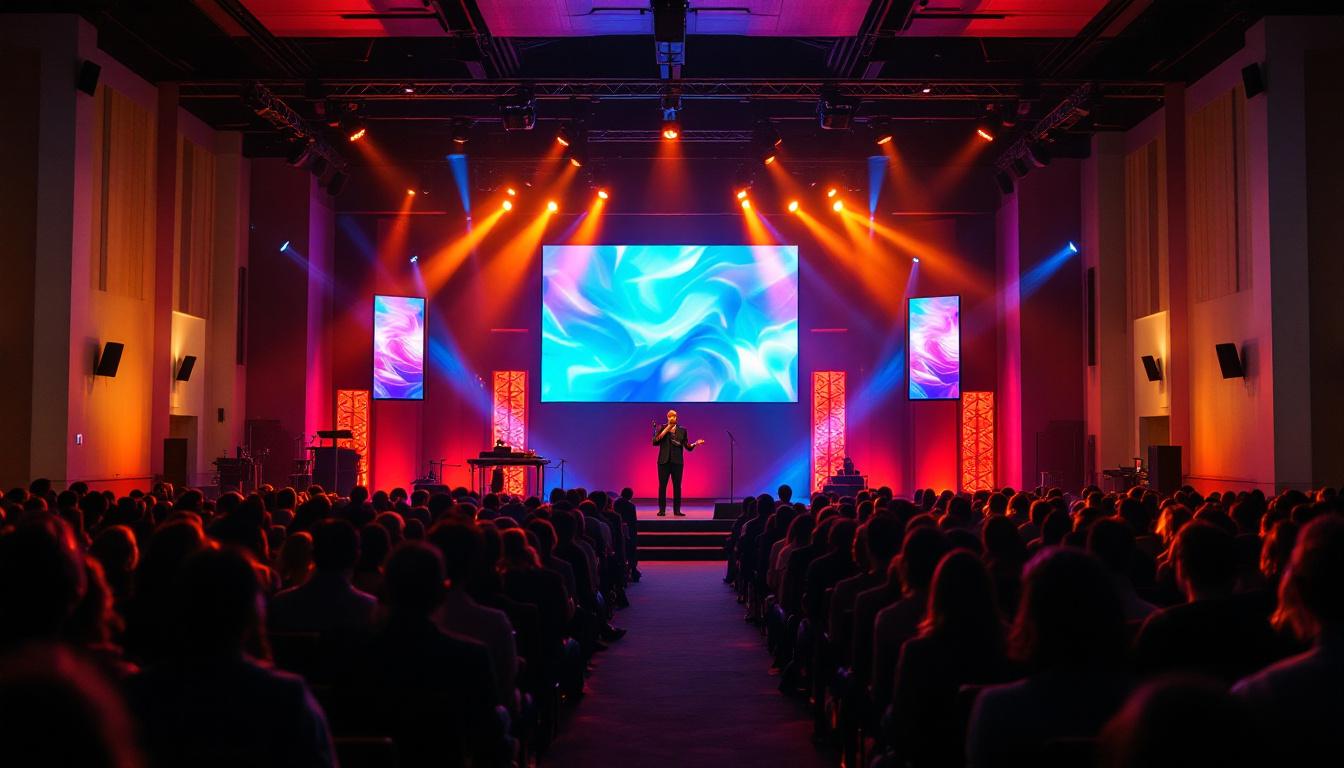In today’s digital age, selecting the right monitor is crucial for both work and entertainment. Among the various options available, a 24 inch white LED monitor stands out for its blend of size, aesthetics, and technology. This article delves into the specifics of 24 inch white LED monitors, explaining what makes them popular, how LED technology works, and what to consider when choosing one for your setup.
Understanding the Appeal of a 24 Inch White Monitor
The 24 inch monitor size has become a sweet spot for many users, offering a balance between screen real estate and desk space. But beyond size, the white finish adds a modern, clean aesthetic that complements a variety of environments, from minimalist home offices to vibrant creative studios.
White monitors break away from the traditional black or gray designs, providing a fresh look that can brighten up a workspace. For users who value design as much as performance, a white frame can integrate seamlessly with light-colored furniture and décor, creating a cohesive and inviting atmosphere.
Why 24 Inches?
The 24 inch diagonal measurement translates roughly to 61 centimeters, which is ideal for most desktop setups. It offers enough screen space for multitasking, gaming, or content creation without overwhelming the user or requiring excessive desk space. Studies have shown that monitors in the 22 to 27 inch range are preferred by 70% of office workers for productivity tasks, making 24 inches a popular choice.
Furthermore, the 24 inch size is particularly advantageous for those who engage in activities that require precision and detail, such as graphic design or video editing. The increased screen real estate allows for better visibility of tools and timelines, enabling a more efficient workflow. This size also strikes a balance for gamers, providing an immersive experience without the need for a large, cumbersome setup that can dominate a room.
Aesthetic and Practical Benefits of White Monitors
White monitors can reduce the visual strain caused by dark bezels in brightly lit rooms. The lighter color reflects ambient light better, which can make the screen appear less harsh on the eyes during extended use. Additionally, white frames often show fewer fingerprints and dust compared to black monitors, reducing the need for frequent cleaning.
Moreover, the choice of a white monitor can also influence the overall mood of a workspace. Light colors are often associated with calmness and clarity, which can enhance focus and productivity. This is especially beneficial in environments where creativity is key, as the aesthetic appeal of a white monitor can inspire a more vibrant and innovative mindset. Coupled with features like adjustable stands and ergonomic designs, a white monitor not only serves as a functional tool but also as a stylish statement piece that elevates the entire workspace experience.
LED Display Technology: What Makes It Stand Out?
LED, or Light Emitting Diode, technology is the backbone of modern monitor displays. Unlike older LCDs that used cold cathode fluorescent lamps (CCFL) for backlighting, LED monitors use tiny diodes that emit light when an electric current passes through them. This shift has brought multiple advantages in terms of image quality, energy efficiency, and design flexibility. The transition to LED technology has not only revolutionized consumer electronics but has also paved the way for innovations in various fields, including advertising, automotive displays, and even architectural lighting.
How LED Backlighting Works
In a 24 inch LED monitor, the screen itself is composed of liquid crystals that control the passage of light to create images. The LEDs serve as the backlight source, shining through the LCD panel. There are two primary types of LED backlighting: edge-lit and direct-lit (or full-array). Edge-lit LED monitors place the LEDs along the edges of the screen, allowing for thinner designs and lower power consumption. Direct-lit monitors have LEDs spread evenly behind the entire screen, which can improve brightness uniformity and contrast but may increase thickness and cost. The choice between these two types often depends on the intended use of the monitor, with direct-lit options favored for professional environments where color accuracy is paramount.
Additionally, advancements in technology have led to the development of local dimming features in direct-lit monitors, which allow specific zones of the backlight to be dimmed or turned off entirely. This capability enhances the overall contrast ratio and provides a more immersive viewing experience, especially in dark scenes. As a result, users can enjoy richer colors and a more dynamic range of images, making LED displays an excellent choice for gamers and film enthusiasts alike.
Advantages of LED Displays
LED monitors offer several benefits over older display technologies:
- Energy Efficiency: LEDs consume less power, which translates to lower electricity bills and reduced environmental impact. This efficiency is particularly beneficial for businesses that rely on multiple displays, as the savings can accumulate significantly over time.
- Better Brightness and Contrast: LED backlighting enables higher brightness levels and deeper blacks, enhancing image clarity and color vibrancy. This feature is especially important for applications requiring precise color representation, such as graphic design and photography.
- Longer Lifespan: LEDs generally last longer than CCFLs, meaning the monitor remains functional and visually consistent for years. Many LED monitors boast lifespans of up to 50,000 hours, making them a reliable investment for both home and professional use.
- Slimmer Designs: The compact size of LEDs allows manufacturers to produce thinner, lighter monitors that save desk space. This sleek design not only enhances aesthetics but also facilitates portability, making it easier for users to move their setups as needed.
Furthermore, the versatility of LED technology has led to the emergence of various display types, including OLED (Organic LED) and QLED (Quantum Dot LED), each offering unique benefits and applications. OLED displays, for instance, provide even deeper blacks and wider viewing angles due to their ability to turn off individual pixels completely. On the other hand, QLED displays utilize quantum dot technology to enhance color accuracy and brightness, catering to different user preferences and needs. As the landscape of display technology continues to evolve, LED remains at the forefront, driving innovation and improving user experiences across a multitude of platforms.
Key Features to Consider When Choosing a 24 Inch White LED Monitor
When shopping for a 24 inch white LED monitor, several factors should guide your decision beyond just size and color. These features affect your viewing experience, productivity, and overall satisfaction with the purchase.
Resolution and Screen Quality
The resolution determines how sharp and detailed the images appear on the screen. For a 24 inch monitor, Full HD (1920×1080 pixels) is the standard resolution, providing clear visuals for everyday tasks and entertainment. However, some models offer higher resolutions like 2560×1440 (QHD), which can benefit professionals working with detailed graphics or multitasking across multiple windows.
Additionally, look for monitors with IPS (In-Plane Switching) panels, which provide better color accuracy and wider viewing angles compared to TN (Twisted Nematic) panels. This is especially important for designers, photographers, and anyone who values color fidelity.
Refresh Rate and Response Time
For gamers and video editors, refresh rate and response time are critical. A higher refresh rate (such as 75Hz or 144Hz) means smoother motion and less blur during fast-paced scenes. Response time, measured in milliseconds, indicates how quickly a pixel can change from one color to another. Lower response times (1-5 ms) reduce ghosting and improve overall image clarity during motion.
Connectivity Options
Modern 24 inch white LED monitors come with various ports to connect to different devices. HDMI is the most common, supporting high-definition video and audio. DisplayPort offers similar capabilities and is preferred for higher resolutions and refresh rates. USB-C ports are increasingly popular, enabling video transmission, data transfer, and charging through a single cable.
Ensure the monitor you choose has the connectivity options compatible with your computer or peripherals to avoid the need for adapters or additional hardware.
Ergonomics and Adjustability
Comfort during long hours of use is essential. Look for monitors with adjustable stands that allow you to tilt, swivel, pivot, and change the height. This flexibility helps reduce neck and eye strain by positioning the screen at the optimal angle and distance.
Some models also support VESA mounting, enabling you to attach the monitor to wall mounts or adjustable arms for even greater customization of your workspace.
Popular Use Cases for 24 Inch White LED Monitors
The versatility of 24 inch white LED monitors makes them suitable for a wide range of applications, from professional work to casual entertainment.
Office Productivity
For office environments, a 24 inch monitor provides ample space for spreadsheets, documents, and web browsing without requiring a large footprint. The white design can contribute to a bright, uplifting workspace, which studies have linked to increased productivity and mood improvement.
Creative Work
Graphic designers, video editors, and photographers often prefer monitors with accurate color reproduction and wide viewing angles. IPS panels combined with LED technology deliver vibrant colors and consistent image quality, essential for creative tasks. The 24 inch size strikes a balance between detail visibility and desk space, making it a favorite among creative professionals.
Gaming and Entertainment
While larger monitors are popular among gamers, a 24 inch LED monitor with a high refresh rate and low response time is an excellent choice for competitive gaming. The white frame adds a unique aesthetic to gaming setups, especially those with RGB lighting and themed décor.
For streaming movies and videos, LED displays provide bright, crisp images with good contrast, enhancing the viewing experience.
Maintaining and Caring for Your White LED Monitor
Keeping a white monitor clean and well-maintained ensures it continues to look great and perform optimally over time.
Cleaning Tips
Use a soft microfiber cloth to gently wipe the screen and frame. Avoid harsh chemicals or abrasive materials that could damage the surface or affect the anti-glare coating. For stubborn smudges, a mixture of distilled water and isopropyl alcohol in a 1:1 ratio applied to the cloth (never directly to the screen) works well.
Preventing Screen Burn-In and Damage
Although LED monitors are less prone to burn-in than OLEDs, it’s still a good practice to avoid leaving static images on the screen for extended periods. Utilize screen savers or power-saving modes to prolong the lifespan of your display.
Position your monitor away from direct sunlight and excessive heat sources to prevent discoloration and hardware degradation.
Conclusion
A 24 inch white LED monitor is an excellent choice for users seeking a combination of performance, style, and practicality. Its ideal size fits most workspaces, while the white finish adds a modern and refreshing touch. Understanding LED technology and key features helps buyers make informed decisions that suit their specific needs, whether for office productivity, creative work, or gaming.
With proper care and thoughtful selection, a 24 inch white LED monitor can be a long-lasting centerpiece of your digital environment, enhancing both your visual experience and workspace aesthetics.
Discover LumenMatrix’s Advanced LED Display Solutions
Ready to elevate your visual experience with a sleek and efficient 24 inch white LED monitor? Look no further than LumenMatrix, a pioneer in LED display technology. Our comprehensive range of solutions, from Indoor and Outdoor LED Wall Displays to innovative LED Sports and Floor Displays, is designed to meet your every need. Whether for office productivity, creative endeavors, or gaming, LumenMatrix’s cutting-edge displays ensure your message is seen with unparalleled clarity and impact. Check out LumenMatrix LED Display Solutions today and transform your digital environment.

